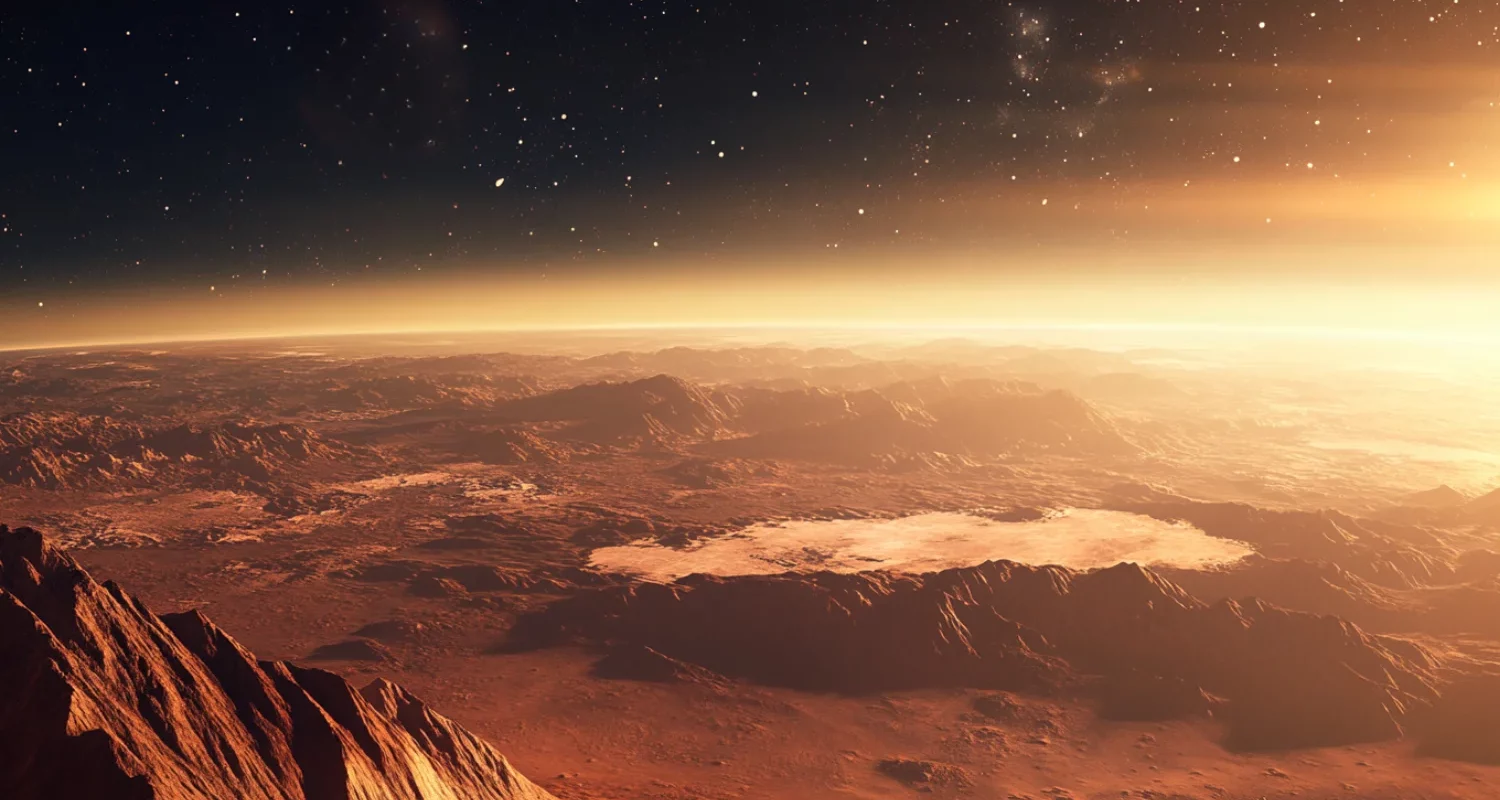Humans have long sought to find a place to live outside of Earth.
One way to achieve this is through ” terraforming, ” the process of modifying celestial bodies to make them habitable for humans .
Various terraforming plans for Mars, the most likely candidate, have been submitted so far.
Recently, a research team led by Samaneh Ansari of Northwestern University in the United States proposed a new terraforming plan to cover Mars with artificial nanoparticles .
This method could potentially warm Mars, from -60°C, by more than 30°C .
The research team claims that their proposed terraforming plan is more than 5,000 times more efficient than any previously proposed terraforming plan .
What exactly is it like to “cover Mars with artificial nanoparticles”?
Terraforming Mars is unrealistic?
Mars , also known as the “Red Planet,” is considered a prime candidate for terraforming .
Yet for now, Mars is not suitable for human habitation.
First of all, the average surface temperature on Mars is -60°C (minus 60 degrees), which is a big difference compared to the average temperature on Earth (14°C).
Also, while the atmospheric pressure at sea level on Earth is 1013 hPa, the Martian atmosphere is only 6-7 hPa.
Moreover, it is made up of 95% carbon dioxide and only 0.13% oxygen.
Mars has a very thin atmosphere and almost no oxygen.
Furthermore, water, which is essential for humankind, is said to be trapped in the form of ice underground on Mars (although recently it has been suggested that liquid water may also exist).
For this reason, the idea of warming Mars in order to fill it with water has long been around.
For example, one idea that has been proposed is to crash an asteroid or comet into the surface of Mars, releasing water vapor and other greenhouse gases .
There was also the idea of building factories on Mars that would emit chlorofluorocarbons, a potent greenhouse gas .
By the way, because the raw material fluorine is rare on Mars, in order to produce fluorocarbons on Mars, a huge amount of fluorine would have to be transported from Earth.
Either way, it’s an unrealistic plan.
Meanwhile, Ansari and his research team have announced a plan for warming Mars that they claim is “more realistic.”
Covering Mars with artificial nanoparticles could raise its temperature by more than 30 degrees Celsius
The terraforming proposed by Ansari and his colleagues is the idea of ” covering Mars with artificial nanoparticles .”
But they won’t be transporting engineered nanoparticles from Earth.
They will create artificial nanoparticles using materials that are naturally present on Mars.
Mars has a huge amount of dust, and previous studies have shown that this dust is rich in iron and aluminum.
The dust particles themselves, due to their different shapes and compositions, cool Mars slightly rather than warming it.
But the researchers found that by processing the Martian particles into short, rod-like particles and arranging them in specific shapes and sizes, they could help with global warming .
By processing them into nanoparticles approximately 9 μm in length (they are actually microparticles, but in this article we will call them nanoparticles to match the terminology used in the paper), it is possible to trap the heat escaping from Mars and scatter sunlight toward the surface .
The idea is to release these nanoparticles into the Martian sky at a rate of 30 liters per second through pipes 10 to 100 meters tall.
If we can effectively utilize the updrafts that occur on Mars, we can spread nanoparticles up to an altitude of 60 km.
If these nanoparticles are released continuously, the effects will be seen in just a few months, and ultimately “it will be possible to raise the surface temperature of Mars by more than 30 degrees Celsius . ”
Of course, this alone would still not reach the average temperature on Earth, but when temperatures rise in the summer, the ice on Mars may melt and liquid water may be obtained.
This suggests that it may be possible to create an environment in which microorganisms can thrive and promote the growth of plants brought from Earth.
By comparison, according to the research team, 20 million cubic meters of Martian dust would have to be processed each year to obtain the 700,000 cubic meters of metal needed to produce the nanoparticles .
This is equivalent to one 3,000th of the Earth’s annual metal production, suggesting that production would need to be on a fairly large scale.
Also, if the release of nanoparticles were stopped, global warming would stop within a few years, so once implemented, they would have to be continued.
This new idea also seems quite difficult, but according to the research team, it is “more than 5,000 times more efficient than any previous ideas for warming Mars proposed.”
However, even if this were to come to fruition, it would not mean that all of the conditions for humans to live on Mars (such as an atmosphere) would be in place, and the research team reports that it is “an idea that could bring us one step closer to a long-held dream.”
While it remains to be seen whether covering potential human habitats with engineered nanoparticles is truly within our wildest dreams, we look forward to seeing more feasible ideas presented in the future.

